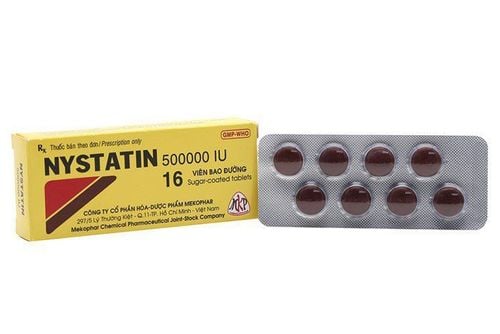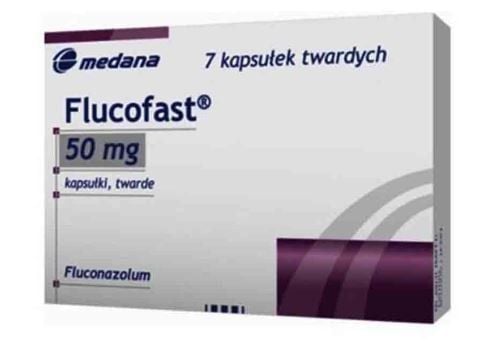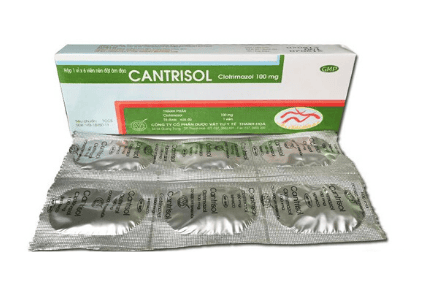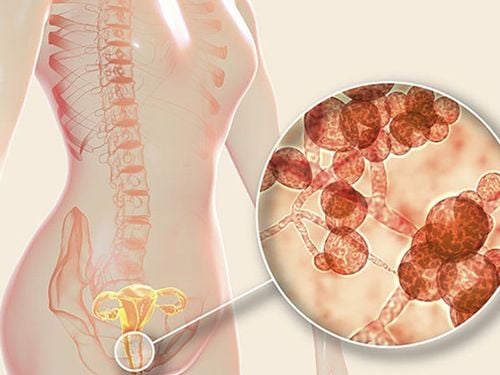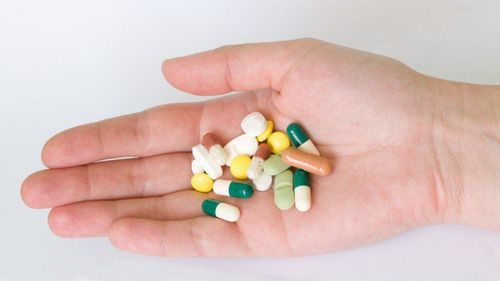This is an automatically translated article.
Nystatin is used to treat candida infections of the skin and mucous membranes such as thrush, skin lesions, intestinal tract, esophagus or vagina. The drug is taken orally, vaginally, or applied topically.
1. Pharmacodynamics and pharmacokinetics of Nystatin
Pharmacodynamics Nystatin is an antifungal antibiotic extracted from the culture of Streptomyces noursei. Nystatin is a polyene, yellow powder and very slightly soluble in water.
Nystatin drug works to kill or inhibit fungi depending on the concentration and sensitivity of the fungus, without affecting the bacteria on the body. The most sensitive to Nystatin are yeasts, which are particularly effective against Candida albicans. Nystatin has no effect on bacteria, viruses and protozoa.
Nystatin binds to sterols on fungal cell membranes, altering membrane permeability and function, causing potassium and other essential cellular components to be depleted.
Even with long-term treatment, Nystatin is well tolerated and rarely causes drug resistance. When Candida is resistant to Nystatin, they are also resistant to other antifungal polyenes.
Usually the symptoms of a Candida infection will subside within 24-72 hours. Besides, Nystatin also works against superinfection of Candida albicans gastrointestinal tract during antibiotic treatment. Nystatin drug has a local treatment effect, not used in cases of systemic candidiasis. Pharmacokinetics Nystatin is poorly absorbed from the gastrointestinal tract, not absorbed through the skin or mucous membranes when used topically. Nystatin is not absorbed into the systemic circulation and is therefore not bound to plasma proteins. Nystatin is eliminated mainly as unchanged drug in the faeces.
2. What does Nystatin drug do?
The therapeutic effects of Nystatin drugs are as follows:
The drug is indicated in the cases of prophylaxis and treatment of Candida infections of the skin and mucous membranes (oral, gastrointestinal, vaginal). Nystatin is used for prophylaxis in people at high risk for fungal infections, such as AIDS patients with low CD4 T-cell counts and people undergoing chemotherapy. Nystatin is effective in the treatment of oral candidiasis in elderly denture wearers. The suspension is also effective in preventing oral candidiasis in infants born to mothers with vaginal candidiasis. Contraindications of Nystatin are all cases of allergy or hypersensitivity to any component of the drug.
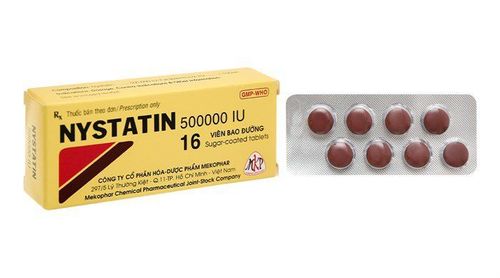
Thuốc Nystatin được dùng điều trị nhiễm nấm Candida
3. Nystatin drug side effects
Nystatin drug has almost no toxicity or sensitization. The drug is well tolerated at all ages, even in children with weakened immune systems and is used for a long time.
Bitter taste and nausea are the most common side effects. Some common side effects when taken orally include diarrhea, abdominal pain, more rarely tachycardia, bronchospasm, facial edema, muscle pain. Especially when using an overdose of 5,000,000 UI per day.
Oral and topical drugs can both cause:
Hypersensitivity reactions such as urticaria, rash. A rare side effect of the drug is Stevens-Johnson syndrome. Rash, pruritus, skin burning and acute generalized pustular rash.
4. Drug form and strength of Nystatin
Nystatin is prepared in many drug forms with different concentrations as follows:
Nystatin cream for topical use: 100,000 UI/g. Ointment for external use: 100,000 UI/g. Wash solution 100,000 UI/ml. Vaginal pills 100,000 UI/tablet; Powder medicine: 100,000 UI/g. Suspension form 100,000 UI/ml Tablets contain 500,000 UI. Capsules contain 500,000 UI or 1 million UI.
5. Dosage of the drug Nystatin
Intestinal and esophageal candidiasis:
For adults: Take tablets or capsules 500,000 or 1,000,000 UI each time, 3-4 times a day. For young children: Oral suspension of 100 000 UI or more/time x 4 times/day for 14 days if needed. For children over 1 month of age with weakened immune systems such as HIV infection, a higher dose (500,000 UI/time x 4 times/day). Nystatin is used in combination with antibiotics to inhibit the growth of intestinal bacteria. In the case of patients taking broad-spectrum antibiotics to prevent intestinal candidiasis at a dose of 1,000,000 UI/day. Oral mucosal candidiasis:
Infants and preterm infants: Use suspension, 100 000 UI/time x 4 times/day or 50,000 UI applied to each side of the mouth x 4 times/day. Children: 200,000 UI/time x 4 times/day or 100,000 UI on each side of the mouth, 4 times a day, use suspension to apply to the oral mucosa. Children and adults: Can use lozenges or suspension 400,000 - 600,000 UI/time x 4 times/day. Prophylaxis of oral thrush in infants born to mothers with vaginal yeast infections: 100,000 IU/time/day. Vaginal yeast infection:
Put 1 tablet 100,000 - 200,000 UI a day, use at bedtime for 14 days or longer, can use suppository or cream form. Metronidazol can be used in combination with Nystatin suppositories. Skin lesions:
Use Nystatin ointment, gel, cream or fine powder containing 100,000 UI/g, apply 2-4 times a day until completely cured. For wet lesions, it is best to use the powder form.
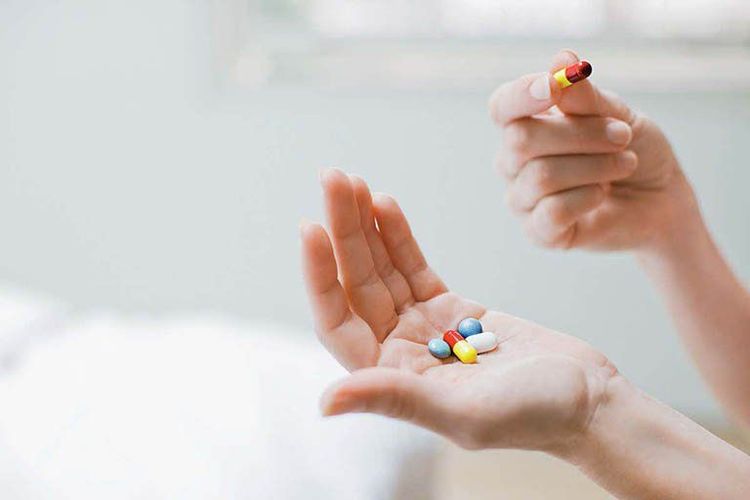
Thuốc Nystatin cần được sử dụng đúng liều lượng
6. Some notes when using Nystatin
Suspension form must be shaken well before use. Measure your dose using a dosimeter such as a syringe or cup, making sure you take the correct dose. The drug should be left in contact with the lesion for as long as possible. Before and after taking the drug, patients should avoid eating for 30 minutes - 1 hour. Do not share Nystatin with another person, even if that person has the same symptoms as you. Drug therapy must be maintained for at least 48 hours after symptom resolution. After 14 days of treatment, if symptoms persist, you should see your doctor to review the diagnosis. Skipping doses can also increase the risk of infections due to antifungal resistance. For the preservation of the drug, the vaginal tablet should be kept in the refrigerator, avoiding high temperature, moisture and direct light. Oral tablets, ointments and suspensions should be stored at room temperature between 15-25°C, in sealed containers and protected from light. There is currently not enough research on whether the drug affects an unborn baby. Therefore, Nystatin should not be used during pregnancy unless clearly needed and under the guidance of a physician. In addition, caution should be exercised in nursing mothers as it is not known whether the drug is excreted in human milk. Before taking Nystatin, tell your doctor your medical history and allergies, especially HIV, diabetes, kidney disease. Nystatin drugs lose their anti-Candida albicans effect if used concurrently with Riboflavin phosphate. While taking Nystatin by mouth, avoid using drugs that change intestinal motility, drugs that coat the digestive mucosa, because it will interfere with the effect of Nystatin. The article has provided information on dosage, contraindications and notes during the use of Nebilet. Note, this is a prescription drug, patients do not arbitrarily use to ensure safety for health.




